
OR
Opinion
South Asia needs an integrated electricity market
Published On: November 11, 2022 01:00 PM NPT By: Hari Prasad Shrestha
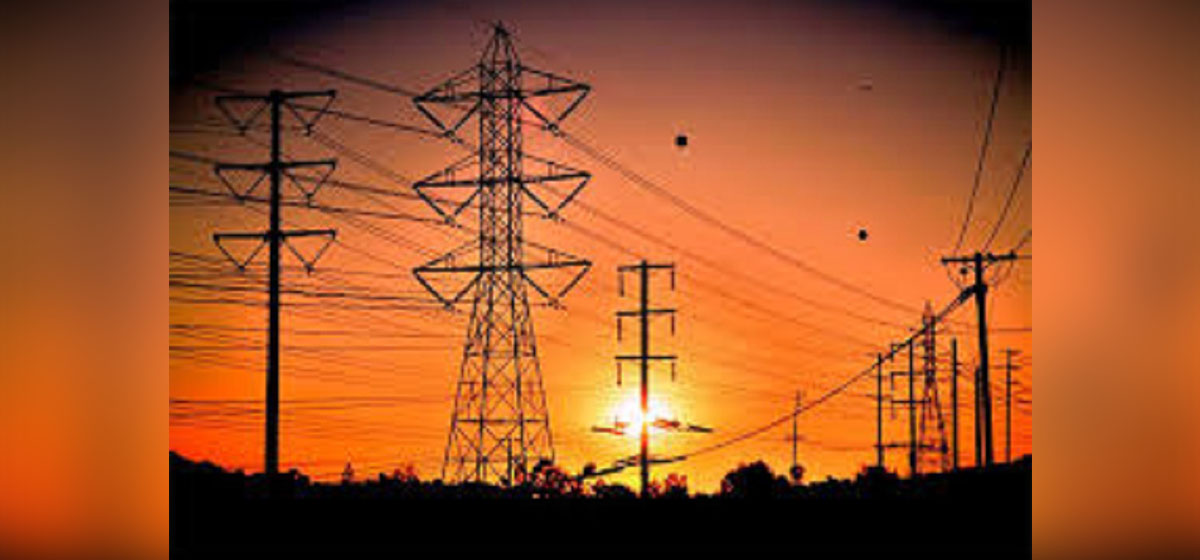
A shared vision is needed for a South Asia Regional Electricity Market by prioritizing regional power trade and transmission projects that can make a concrete difference on the ground to supply reliable power from surplus nations to deficit countries.
The current global energy crisis is a result of pressures on fossil fuels such as oil, gas, and coal due to overconsumption caused by continual increase in the world's population and its demands for fuel and products. Renewable energy remains underutilized in most countries and unless we give renewable energy high priority, the problem of energy crisis cannot be resolved.
Wars between countries can also hinder the supply of energy. During the 1990 Gulf War, when the price of oil reached its peak, it caused global shortages and created major problems for energy consumers.
The 1979 oil crisis, also known as the 1979 Oil Shock or Second Oil Crisis, was an energy crisis caused by a drop in oil production in the wake of the Iranian Revolution.
The current Russia-Ukraine war has accelerated the energy crisis in Europe with its global effect on all countries. An unprecedented increase in natural gas prices in Europe is raising concerns that consumers will be hit hard by high energy bills as global demand for fuel rises.
Europe is witnessing a strong wave in its natural gas market as it had a colder winter, so people were heating their homes for longer than usual.
Russia was the largest exporter of natural gas to the European Union in 2019 and 2020, representing more than 40% of EU imports. After the Russia-Ukraine war, Europe has been in an energy crisis.
Like other regions of the world, South Asia's energy crisis is also at a worsening level. As a result of increasing population and growing manufacturing sector, the demand for energy in South Asia has increased by 50% since 2000. Electricity demand has grown on average by more than five percent annually over the past two decades and is expected to more than double by 2050.
Approximately two-thirds of the energy used in South Asia is based on imports. As a result, the variableness of oil, coal and gas prices affects the countries that rely heavily on imported fuel for power generation.
Bangladesh is experiencing a shortage of electricity as a result of high demand and low supply. It sought a loan from the IMF, becoming the latest South Asian nation to ask for assistance for energy requirements as it is highly dependent on gas for its power generation. Meanwhile, Bangladesh is having to schedule power cuts to preserve its fuel reserves.
India is also facing difficulties in securing enough coal because other countries are also facing the same crisis. Since demand is greater than supply, coal is becoming increasingly expensive as well.
By September 2021, data from the Central Electricity Authority of India revealed that several coal-fired thermal power plants (16 out of 135) ran out of coal stock. This put most thermal power plants into critical and supercritical states by October 2021. A worrying impact of the energy crisis can be seen on the power generation capacity of several Indian states with long hours of power cuts.
Sri Lanka's economic situation has become desperate, while Pakistan's situation is also fragile. Hardly any companies are interested in selling fuel to state-owned Pakistan State Oil Co, while some banks have put a stop to financing and facilitating payments for energy imports.
Pakistan gets 27% of its energy from hydropower, but with the country depending on a single primary river system, the Indus and its tributaries, the recent floods have put at risk major power grids and aggravated power shortages across the country.
In the equivalent manner, Sri Lanka is also struggling to secure fuel from its regular supplier India. Bankrupt Sri Lanka is struggling to secure fuel to fulfill shortages and control mounting inflation.
According to the authorities, this crisis is due to a lower supply of fuel (coal and oil) for thermal power stations and lack of rain for hydropower generation in Sri Lanka.
Nepal and Bhutan are two countries in South Asia which have surplus hydroelectricity. However, their dependency on oil and gas, for vehicles and cooking purposes are creating high pressures on their import bills, negatively affecting foreign currency reserves.
How to replace fossil fuel with renewable energy has been a great challenge for almost all countries in the region. It is easy to plan and speak nicely. However, it is difficult to implement. It has a lengthy process that requires concerted planning and analysis of demand, supply, reserves, and potential risks.
Much of the industries in countries of the region were built on fossil fuels, although other renewable energy sources such as steam, solar, and wind are also known to have been used. After a certain interval of time, we may run out of gas or oil, which has been a global concern. Moreover, a greater issue is that the usage of coal will continue to harm the atmosphere and deplete other natural resources throughout the mining process.
Therefore, a shared vision is needed for a South Asia Regional Electricity Market by prioritizing regional power trade and transmission projects that can make a concrete difference on the ground to supply reliable power from surplus nations to deficit countries. It must come up with a consensus that all countries in South Asia should relate to each other with transmission lines and required infrastructures to mitigate the energy crisis in the region.
Presently, Bhutan is supplying 1400 MW of hydropower to India. Further, 10 projects have been selected by the Government of India and the Royal Government of Bhutan for the development of 10,000 MW by 2020 under the Framework Agreement signed between the two Countries.
Currently, Nepal and India have small energy trading. Nepal is exporting surplus electricity of around 500 MW to India during the wet season and India is exporting a similar quantity of electricity to Nepal during the dry season. As part of a long-term plan, Nepal and India have agreed for mega hydropower projects to be constructed in Nepal, which are in the pipeline are Pancheswar Hydropower Project (6500 MW), Sapta Koshi High Dam Project (3000MW), Arun 3 Hydroelectric Project (900MW) and Upper Karnali Hydroelectric Project (900MW).
Bangladesh has also planned to Import 9000 MW of electricity from Nepal in ten years, connecting both countries by transmission lines through Indian territory. Bhutan and Bangladesh are also in the process for energy trade in a similar way.
In South Asia, Nepal and Bhutan have high potentialities to produce enough hydro power for the energy requirement of the region in the days to come. The good news for South Asia is that cross-border electricity trade in the region has increased and transmission lines are connecting India with Nepal, Bhutan, and Bangladesh. However, cross-border power trade between Bangladesh with Nepal and Bhutan has not been so effective but it is in the process to connect Bangladesh with these countries via India. However, a lot of work must be done connecting India with Pakistan and Sri Lanka through transmission lines, which could be a game changer for energy trade in South Asia.
You May Like This
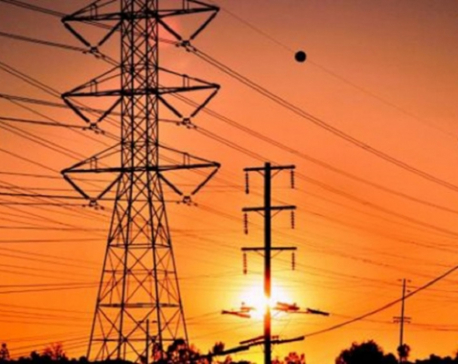
NPEL inks an agreement with Indian company to sell electricity produced by Nepali private power producers
KATHMANDU, Jan 10: Nepal Power Exchange Limited (NPEL), subsidiary of Independent Power Producers’ Association Nepal (IPPAN), has signed an agreement with... Read More...
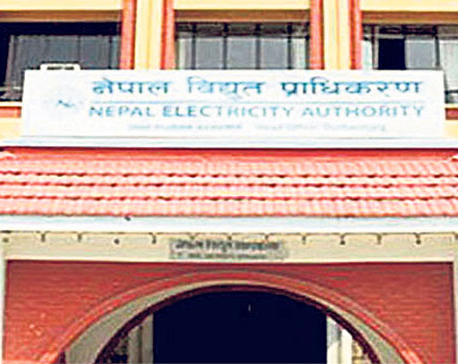
Govt decides to grant full authority to NEA to conduct cross-border power trading
KATHMANDU, July 23: The government has allowed the Nepal Electricity Authority (NEA) to carry out the entire procedure to export... Read More...
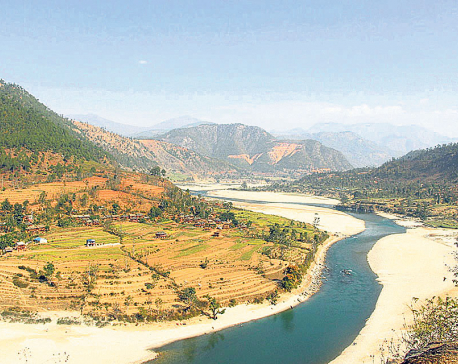
Upper Karnali Hydropower Project likely to sign PPA by May
KATHMANDU, Feb 10: The Upper Karnali Hydropower Project (UKHP) is likely to sign the Power Purchase Agreement (PPA) within three... Read More...





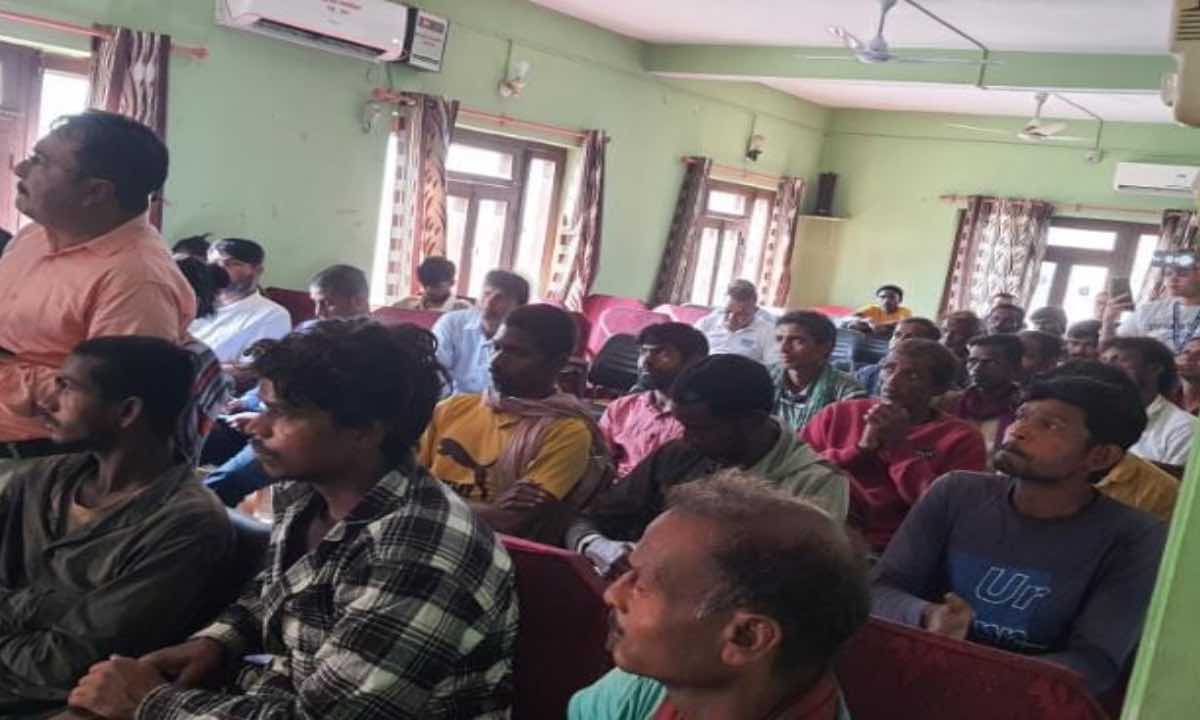

Just In
- Kathmandu records highest number of divorce cases with 13 couples filing for divorce daily
- Rapid response team mobilized in Dhangadhi against cholera outbreak
- 28 workers held hostage in India rescued
- Simaltal bus accident: 40 kg magnet deployed in search for missing bus
- Youth of eight districts lead in foreign employment
- Nepal at high risk of Chandipura virus
- Japanese envoy calls on Minister Bhattarai, discusses further enhancing exchange through education between Japan and Nepal
- Heavy rainfall likely in Bagmati and Sudurpaschim provinces






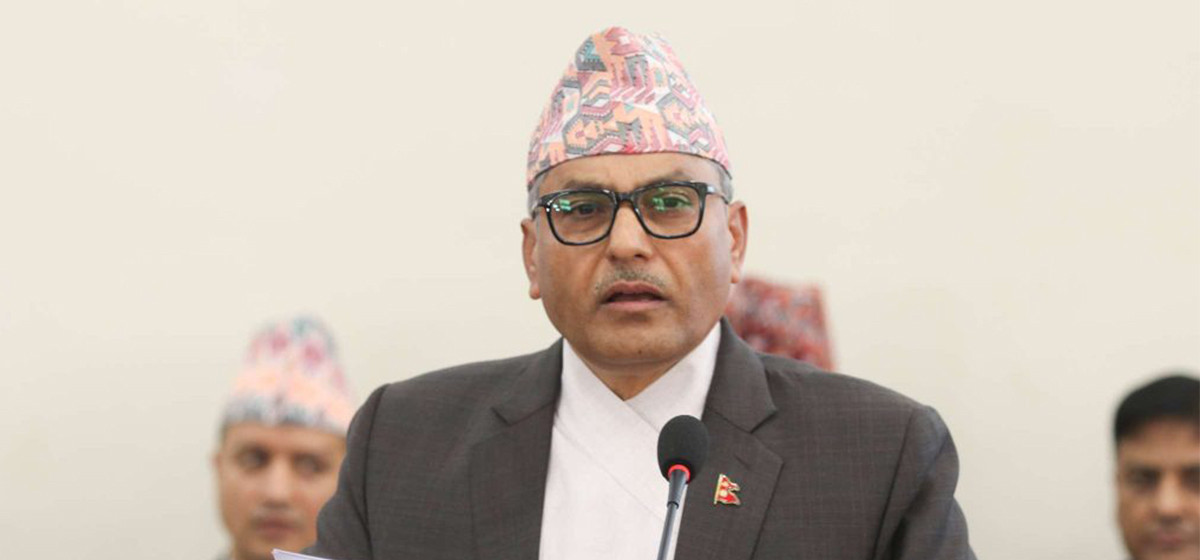


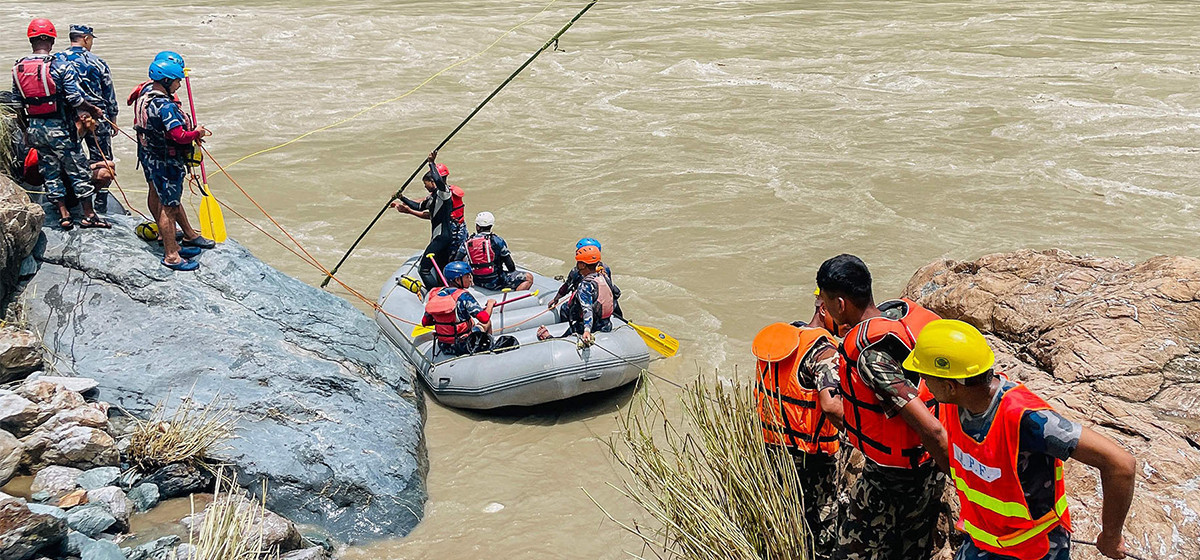



Leave A Comment